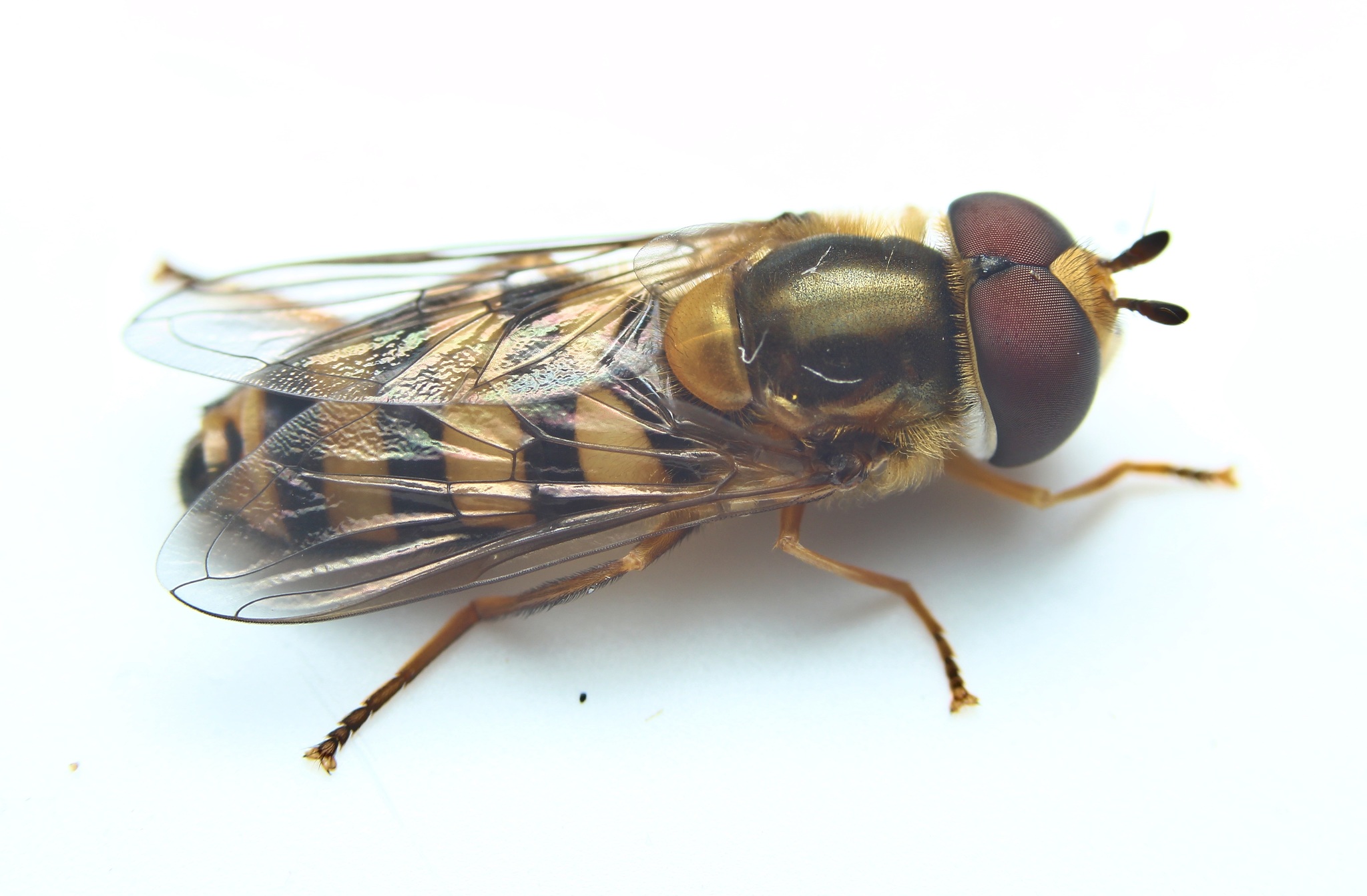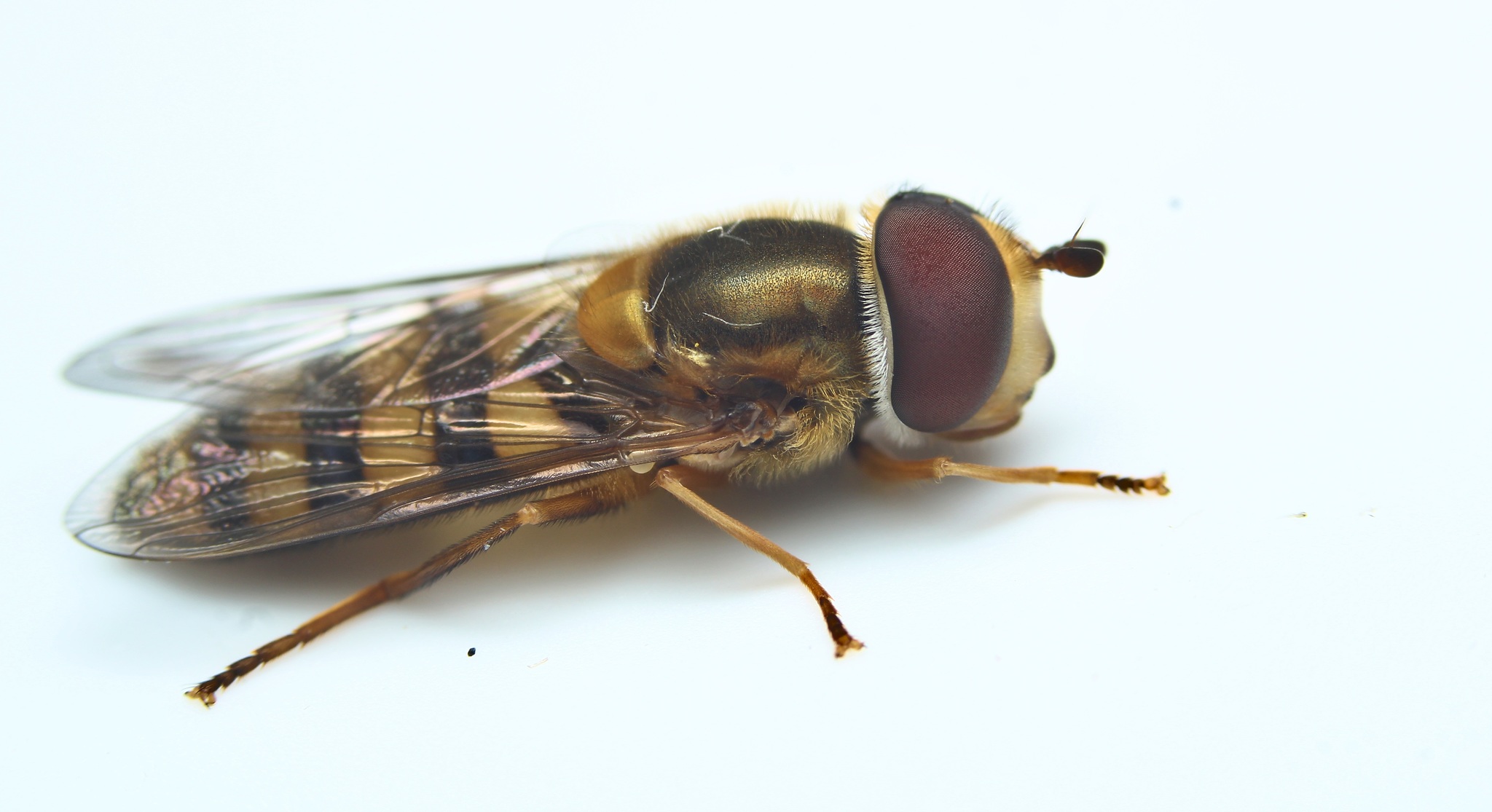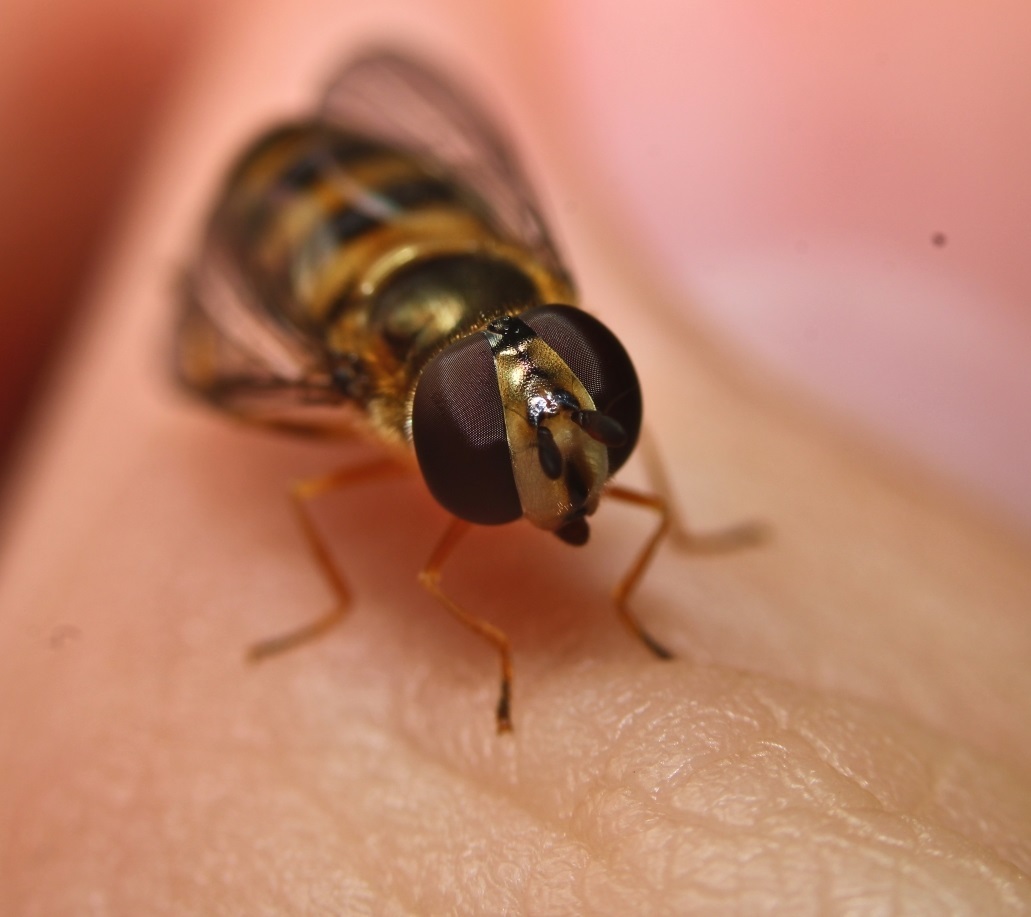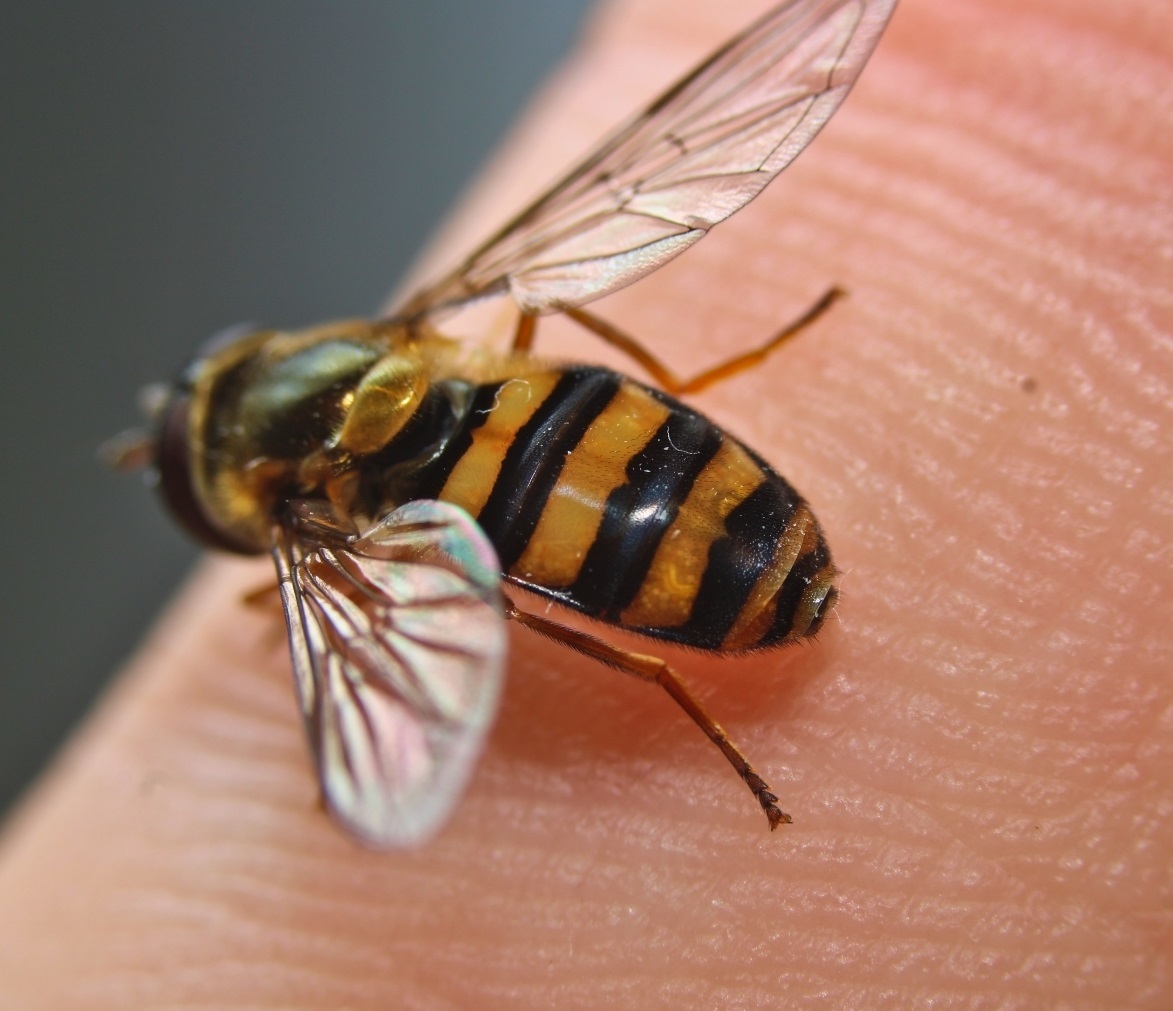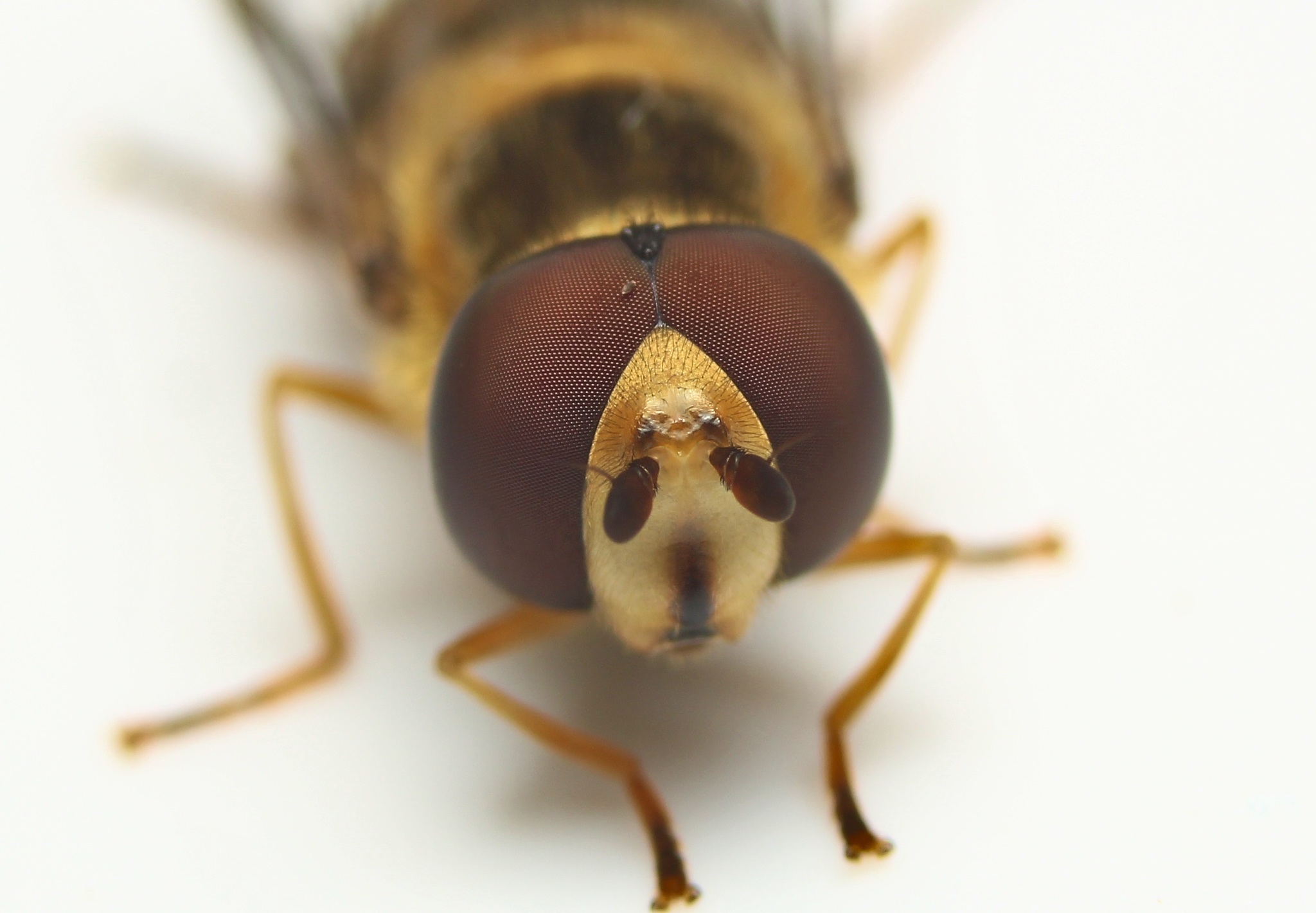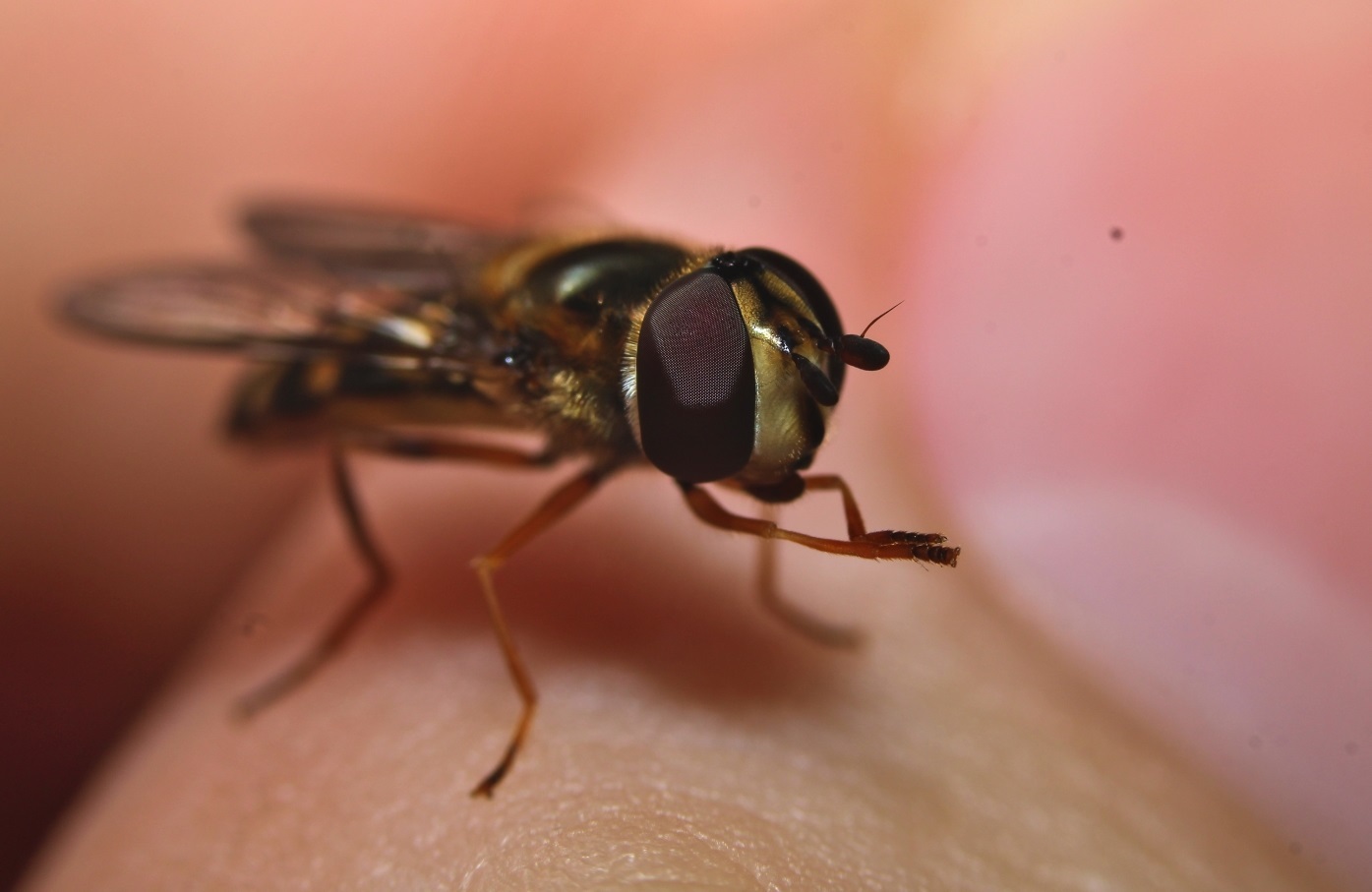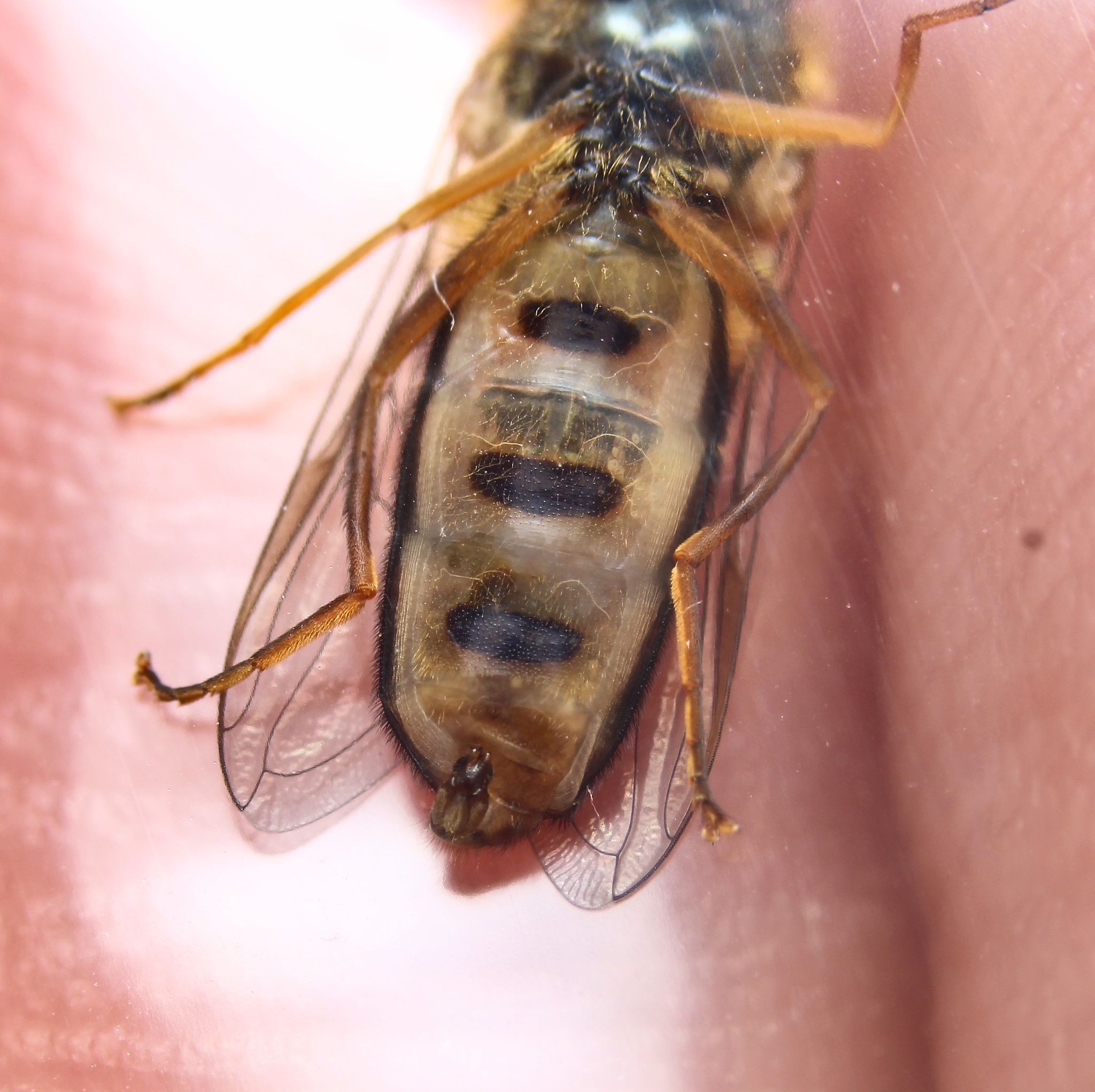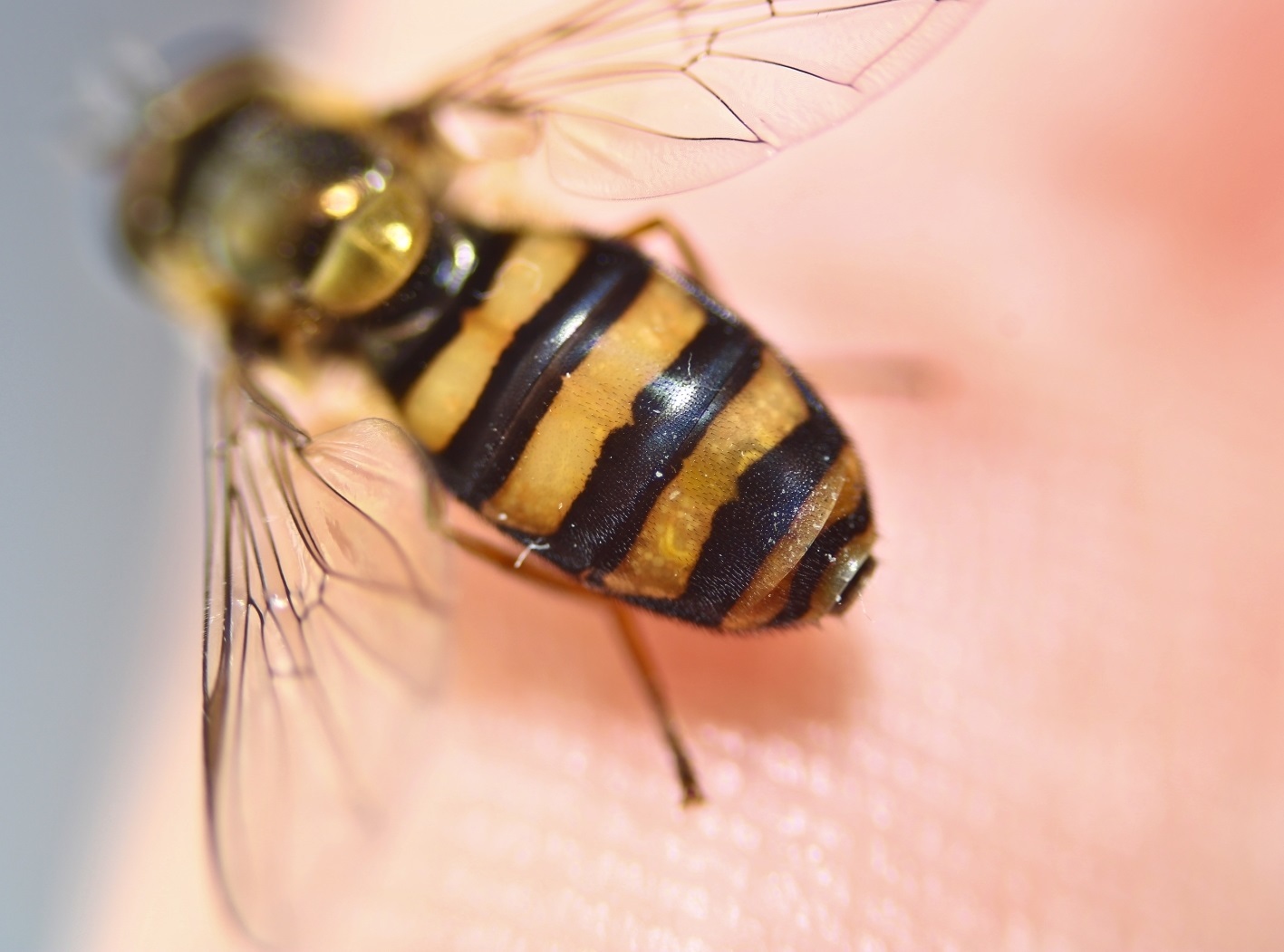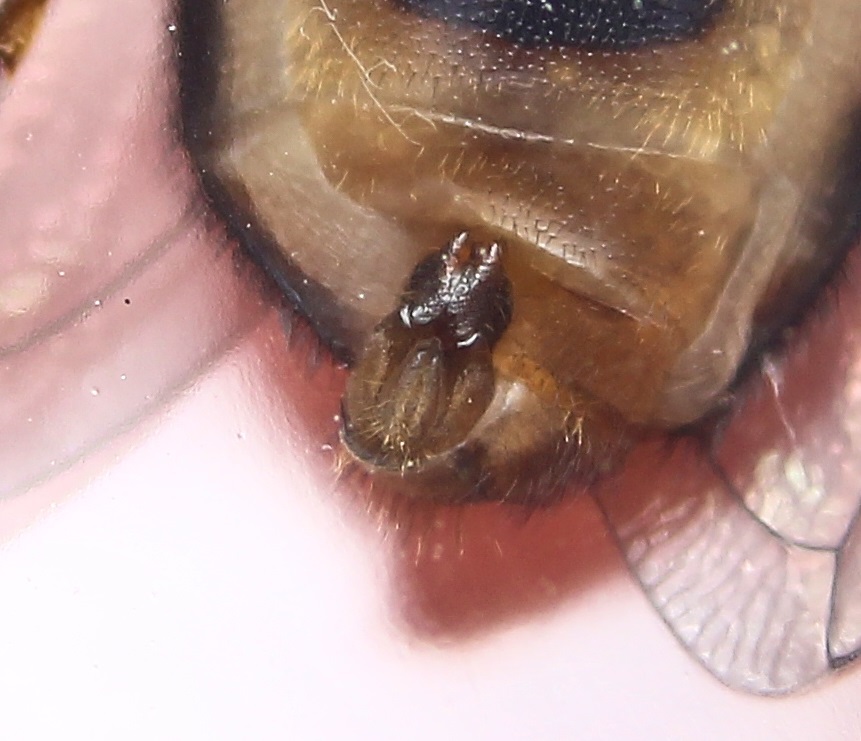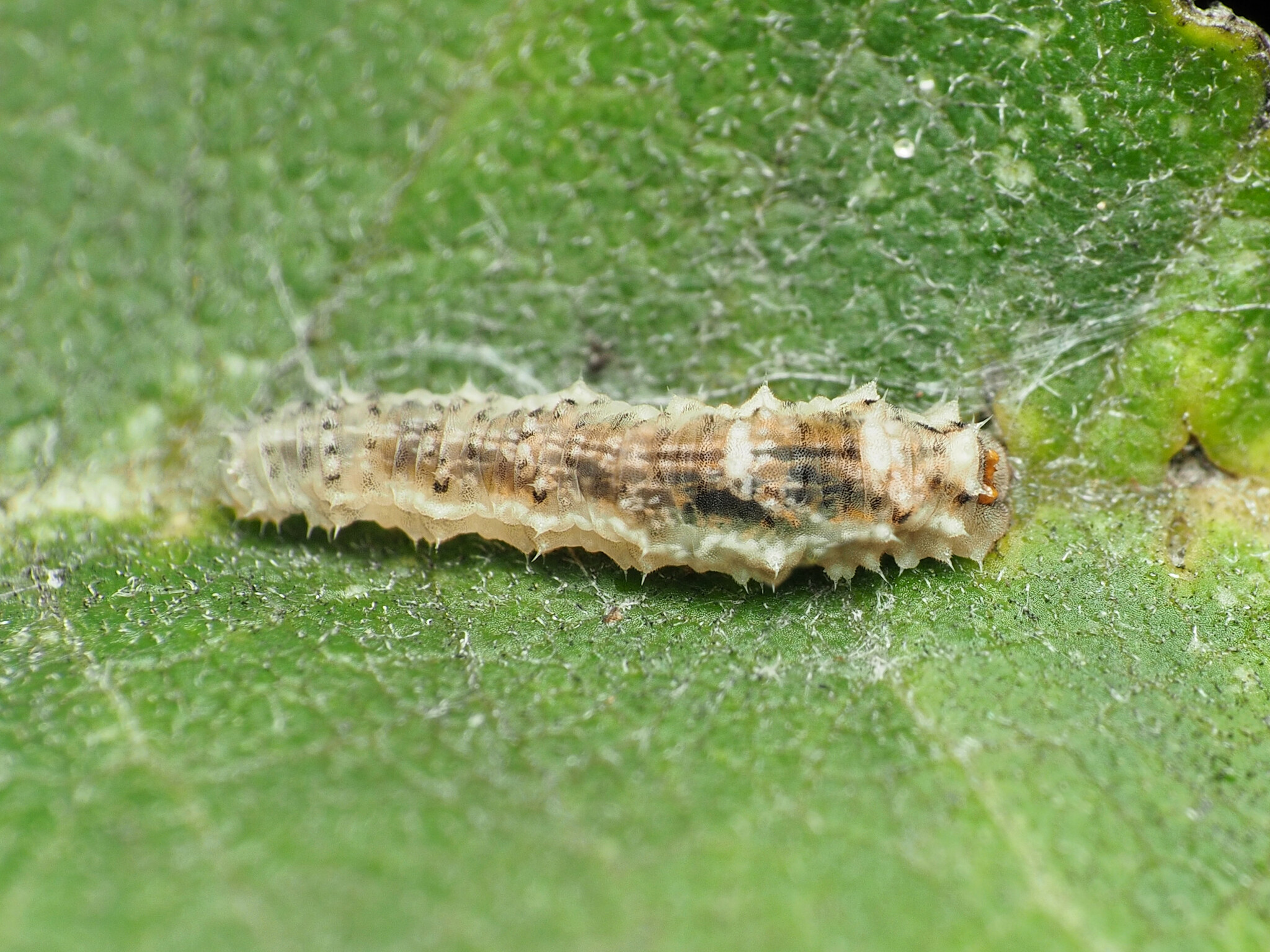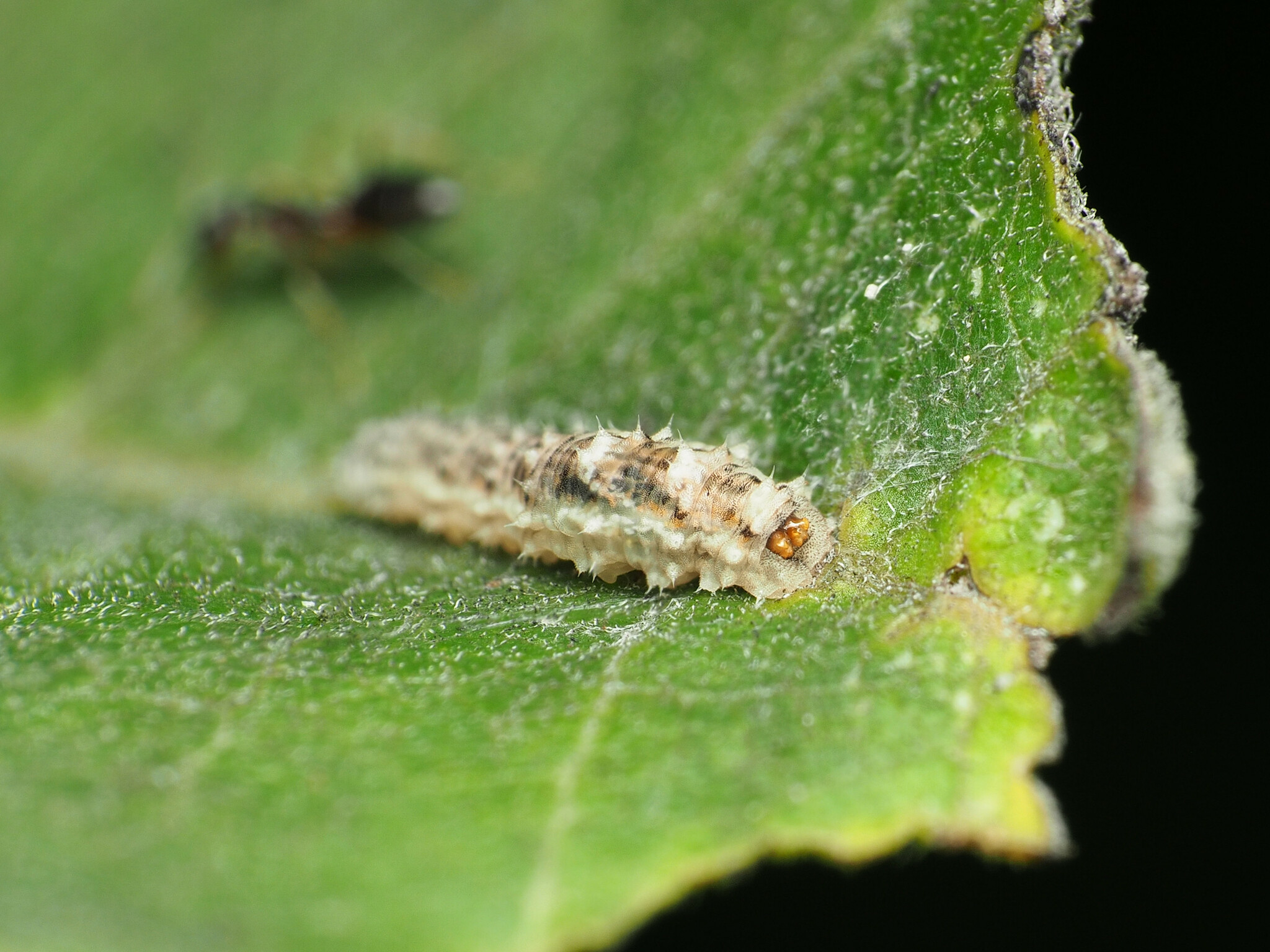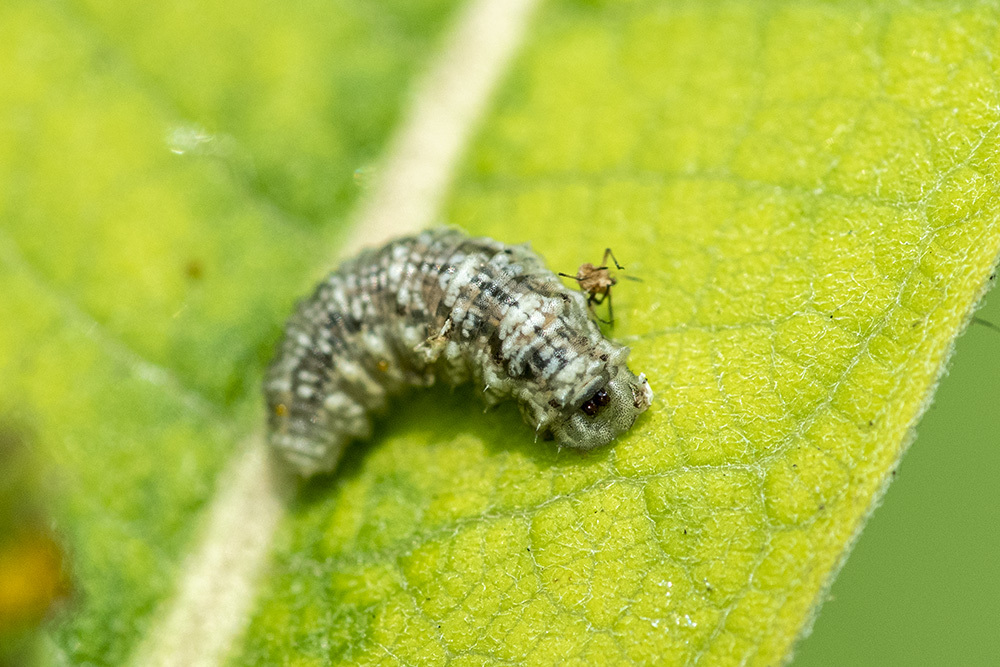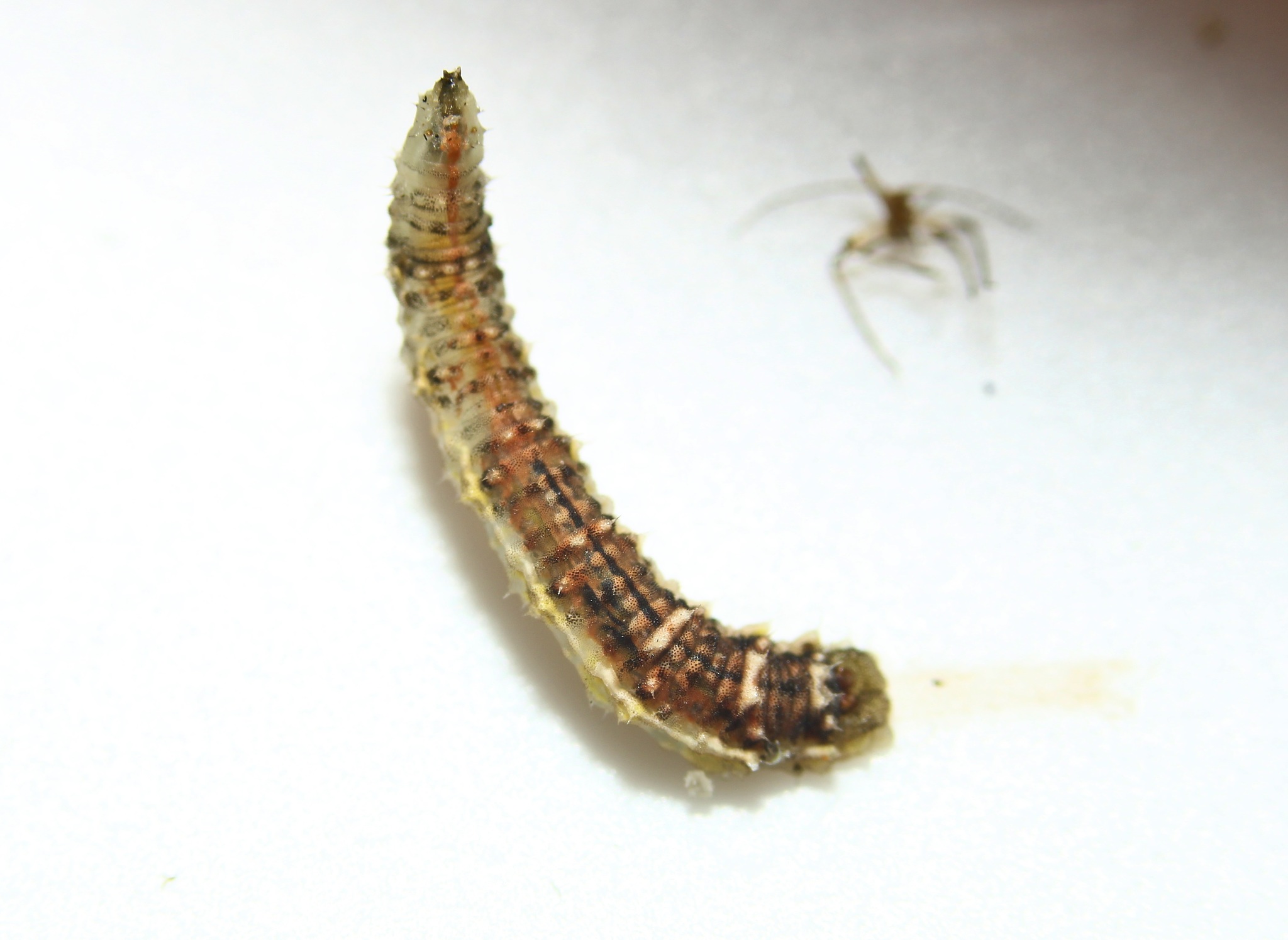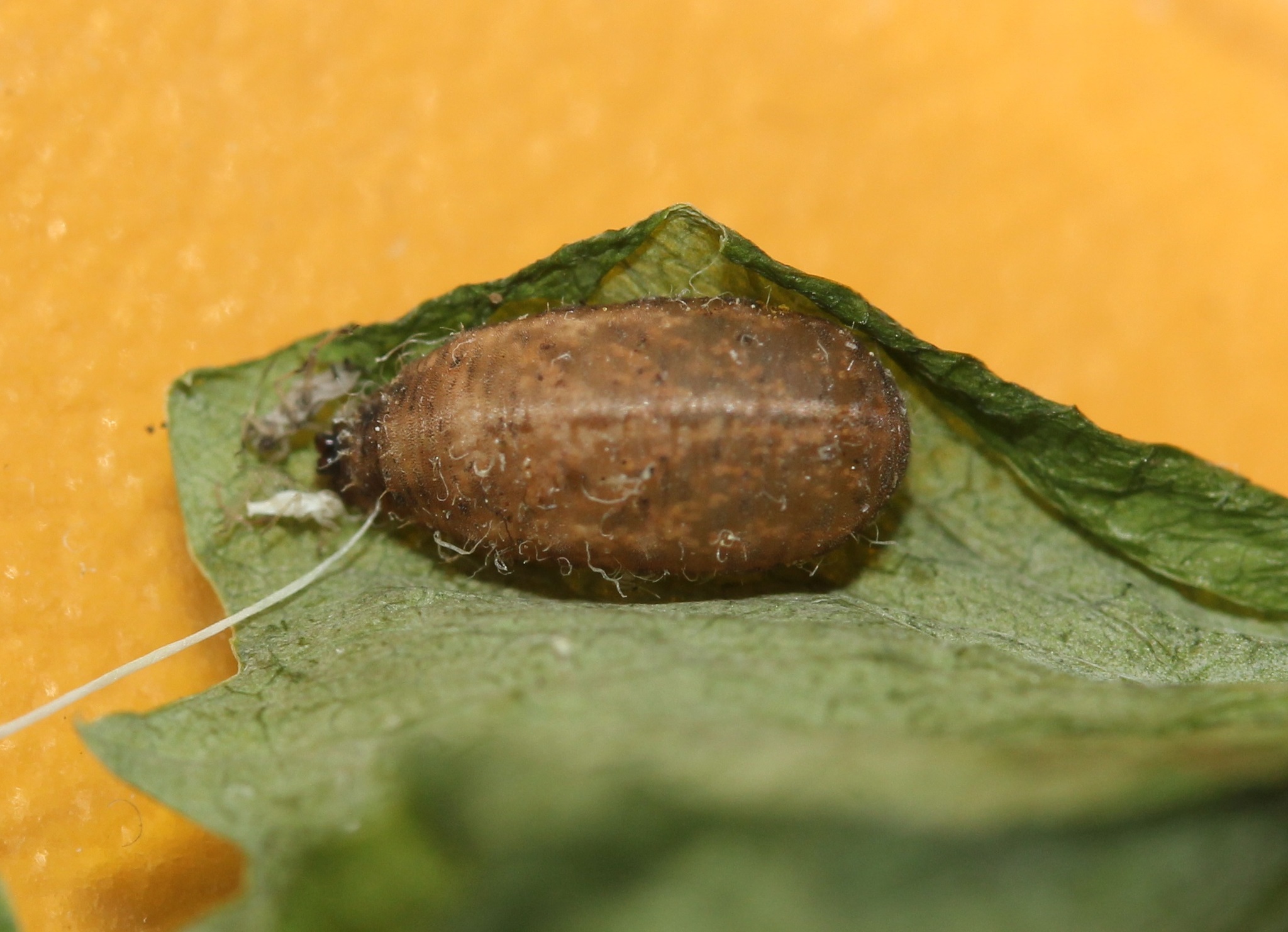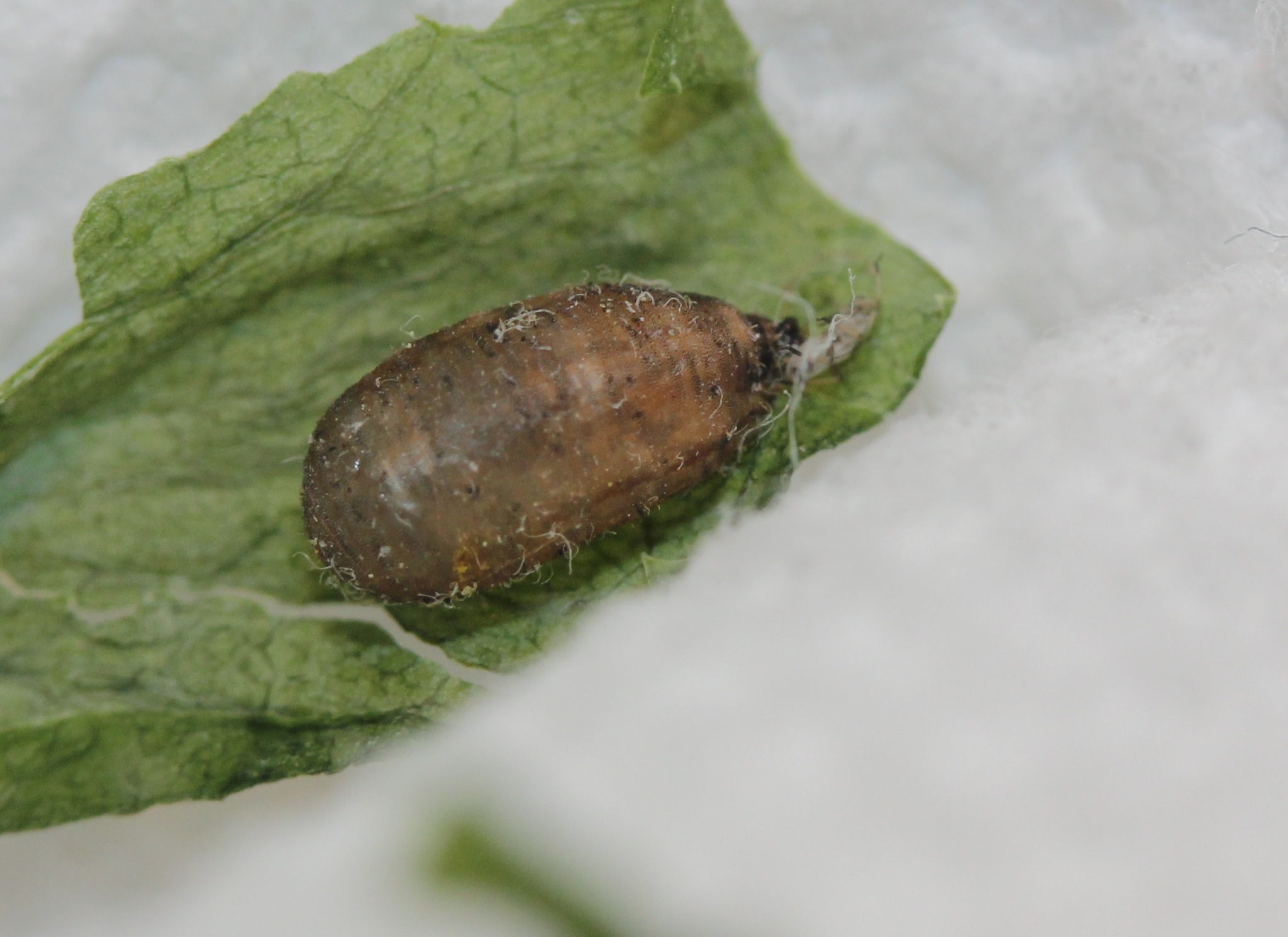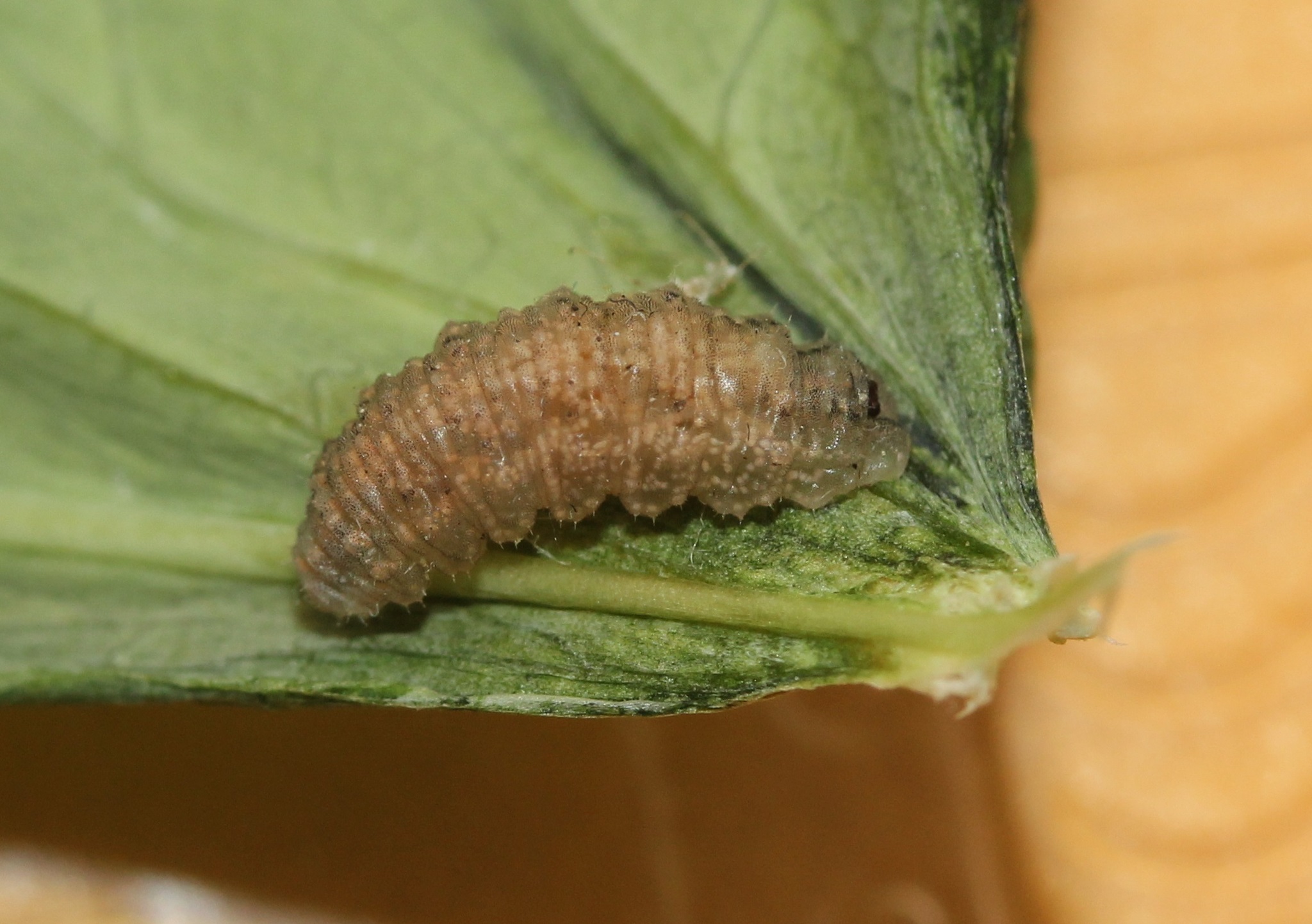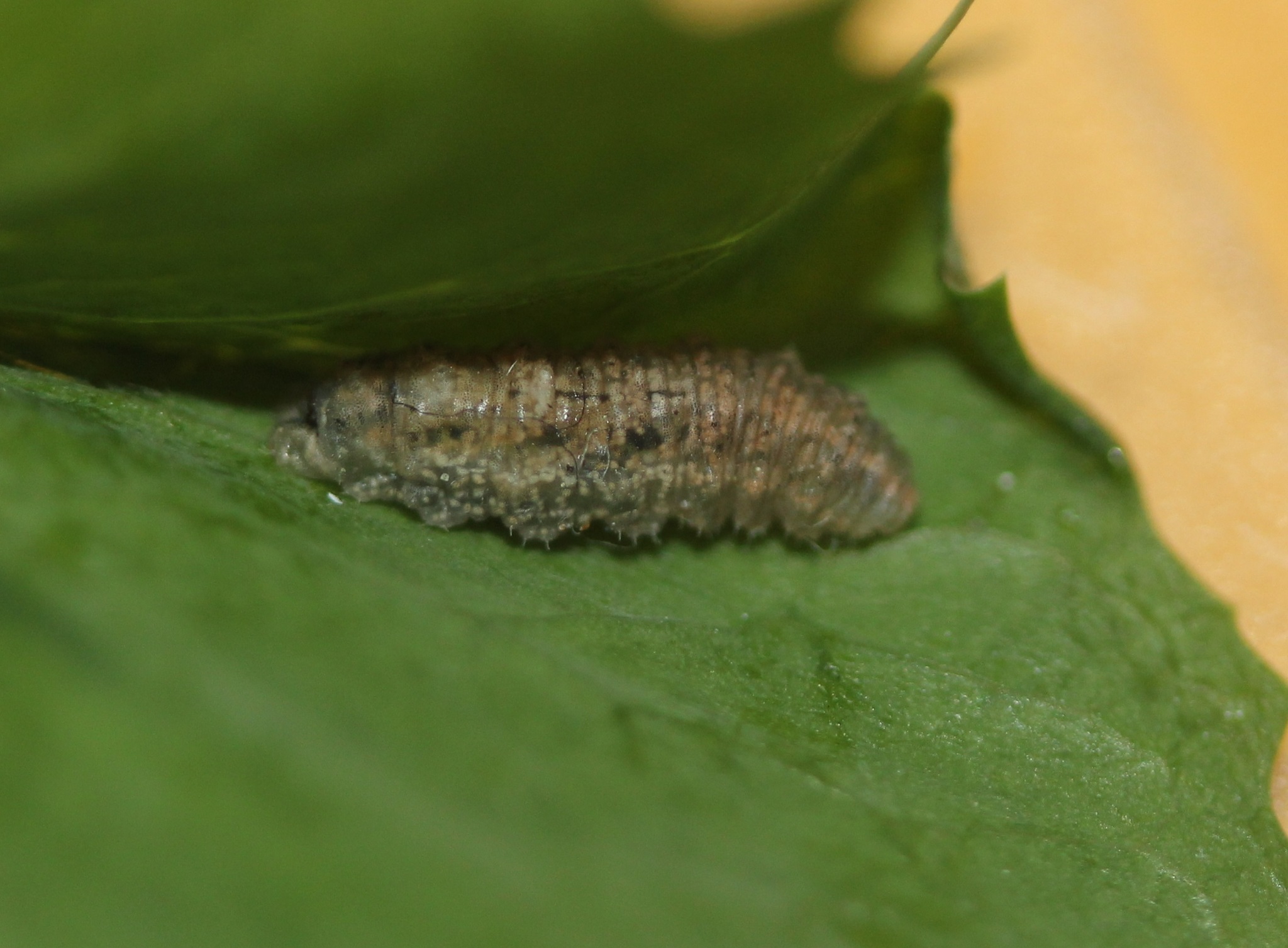Map Snapshot







19 Records
Status
E. americanus adult males are distinguishable from E. pomus adult males only by close examination of genitalia; adult females are indistinguishable (Skevington, 2019). Many individuals should be placed at Eupeodes americanus/pomus.
Seasonality Snapshot
Source: Wikipedia
| American hoverfly | |
|---|---|

| |
| Scientific classification | |
| Domain: | Eukaryota |
| Kingdom: | Animalia |
| Phylum: | Arthropoda |
| Class: | Insecta |
| Order: | Diptera |
| Family: | Syrphidae |
| Genus: | Eupeodes |
| Species: | E. americanus
|
| Binomial name | |
| Eupeodes americanus Wiedemann, 1830
| |
| Synonyms | |
Eupeodes americanus, the American hoverfly, is found throughout North America and inhabits meadows, and fields with flowers and foliage. Adults feed on nectar, whereas their larvae feed on aphids. The adult fly is black to metallic green, and has three yellow bands on its abdomen. Its face is a light yellow with large black compound eyes on either side, and its wings are clear; it is 9–12 mm in body length.[1] The larvae are mature at around 11 mm, and they are yellow-white to salmon brown, with markings of black and white or yellow-white. The lighter markings consist of a transverse rectangular bars on segments 6 to 11, and a narrow line along each side of the larvae. Early instars have visible black setae. The larvae are active feeders. They are being considered as suitable biological control agents for aphids and scale insects.[2] This species is considered highly migratory, moving from Canada to the southeastern United States during autumn[3] [4]
Gallery
[edit]-
Larva
-
Puparium
-
Newly emerged adult male and puparium
-
Adult
References
[edit]- ^ Milne, Lorus; Margery Milne (2000). National Audubon Society Field Guide to North American Insects & Spiders. Alfred A. Knopf. ISBN 0-394-50763-0.
- ^ Bugg, Robert L.; Colfer, Ramy G.; Chaney, William E.; Cannon, James (2008). "Flower Flies (Syrphidae) and Other Biological Control Agents for Aphids in Vegetable Crops" (PDF Adobe Acobat). ANR Publication. Publication 8285. Oakland, California: University of California, Division of Agriculture and Natural Resources: 1–25. Retrieved 2009-09-27.
- ^ Clem, Scott (22 December 2022). "Insights into natal origins of migratory Nearctic hover flies (Diptera: Syrphidae): new evidence from stable isotope (δ2H) assignment analyses". Ecography (e06465). doi:10.1111/ecog.06465.
- ^ Clem, Scott (19 July 2022). "Do Nearctic hover flies (Diptera: Syrphidae) engage in long-distance migration? An assessment of evidence and mechanisms". Ecological Monographs. doi:10.1002/ecm.1542.
